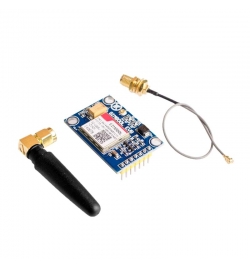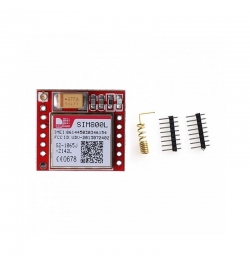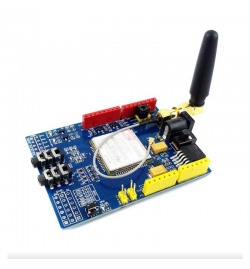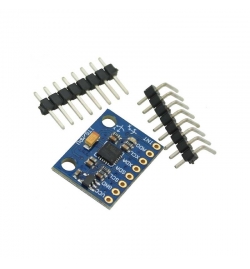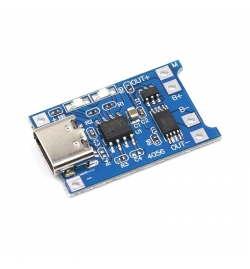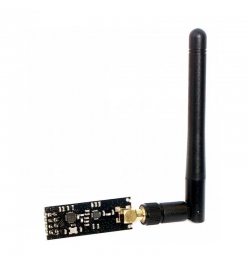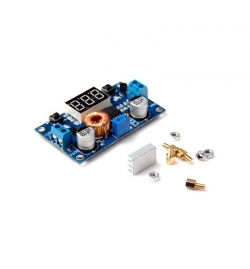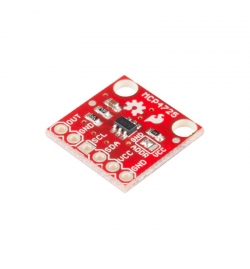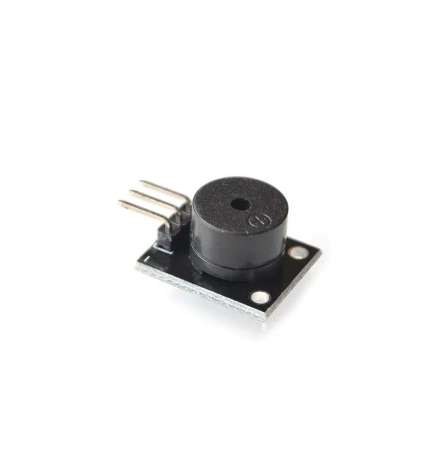
Παθητικός βομβητής KY-006
DET556
New product
Structural principle buzzer
(A) the introduction of the buzzer
1. The role of the buzzer: buzzer is an integrated structure of electronic transducers, DC power supply, widely used in computers, printers, copiers, alarms, electronic toys, automotive electronic equipment, telephones, timers, etc. electronic products for sound devices.
2. Buzzer Category: mainly divided into piezoelectric buzzer and two types of electromagnetic buzzer.
3. Buzzer circuit pattern symbols: the buzzer in the circuit by the letter "H" or "HA" (old standard with "FM", "LB", "JD", etc.) indicates.
Schematic buzzer
(Two) structural principle buzzer
1. Piezo Buzzer: piezoelectric buzzer mainly by the multivibrator, piezo buzzer, impedance matching and resonance box, casing and other components. Some piezo buzzer case is also equipped with light-emitting diodes.
Multivibrator constituted by the transistors or integrated circuits. When switched on (1.5V-15V DC working voltage), multi-harmonic oscillator start-up, the output 1.5-2.5kHZ audio signal, impedance matching push piezo buzzer sound.
Piezo buzzer by a lead zirconate titanate or lead magnesium niobate piezoelectric ceramic material. Both surfaces of the ceramic sheet plated silver electrode, the polarization and the aging treatment, and then with brass or stainless steel sheet stick together.
2. Magnetic Buzzer: electromagnetic buzzer by the oscillator, the electromagnetic coil, magnet, diaphragm and housing and other components.
After power on, the audio signal generated by the oscillator current through the electromagnetic coil, the electromagnetic coil generates a magnetic field. The electromagnetic coil and the diaphragm is the interaction of the magnet, periodically vibrating sound.
(Three) produced the buzzer
(1) Preparation of electromagnets M: about 6 cm in iron bolt 100 turns around the wire, leaving 5 cm for the line-side leads of the coil with a transparent adhesive tape is good, so the coil release tape and then stick it in a box, the electromagnet on the well.
(2) Preparation of shrapnel P: Cut from the iron cans on a width of 2 cm long iron, bent at right angles, the electromagnet is a wire connected to the shrapnel, and then tape the shrapnel close to the wood.
(3) to make contact with the paper clip Q, books elevate the clip with taped, leads to a wire, as shown in the circuit connected.
(4) adjusting the distance between the M and P (by moving the boxes), the electromagnet to attract shrapnel, adjust the distance between the contacts and the shrapnel so that they can just contact with energized after the beep can be heard.
(Four) active and passive buzzer buzzer
Teach you to distinguish between active and passive buzzer buzzer
Now on the market because of its small size, a small buzzer (diameter of only llmm), light weight, low price, solid structure, and widely used in a variety of needs audible electrical equipment, electronic production and single-chip circuits .
From Figure appearance of two buzzer seems the same, but a closer look, a slight difference between the height of the active buzzer a, height of 9mm, while passive buzzer b height of 8mm. If the two buzzer pins facing up, it can be seen that there is a green circuit board is a passive buzzer, no circuit boards with vinyl closed one is active buzzer .
Beng step determine active and passive buzzer buzzer, you can use a multimeter resistance profile Rxl file test: the buzzer with black pen then the "+" pin, the red pen back and forth to touch on another pin, If you trigger a cracking, cracking sound and the resistance only 8Ω (or 16Ω) is passive buzzer; if a continuous sound, and the resistance in the hundreds over Europe, and is an active buzzer.
Active buzzer directly connected to the rated power supply (new buzzer are stated on the label) can be a continuous sound; rather passive and electromagnetic buzzer speaker is the same, you need to take in order to sound the audio output circuit .
KY-006


